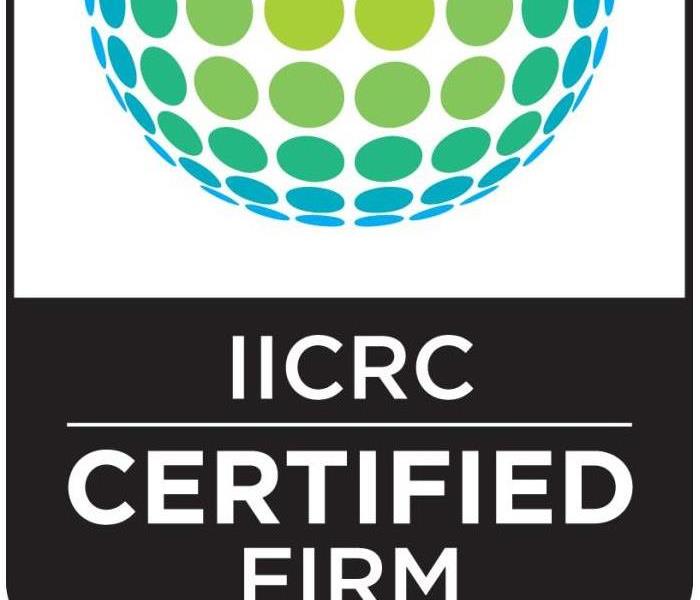Understanding Category and Class during water Damage.
6/25/2018 (Permalink)
According to the IICRC S500 Standard and Reference Guide for Professional Water Damage Restoration
There are 3 Basic Categories of Water
Category 1 originates from a sanitary source and poses no substantial risk from dermal, ingestion, or inhalation exposure. However, it may not always remain clean after it comes into contact with other surfaces or materials.
Category 2 contains significant contamination and has the potential to cause discomfort or sickness if contacted or consumed by humans. It may contain potentially unsafe levels of microorganisms or nutrients for microorganisms, as well as other organic or inorganic matter (chemical or biological).
Category 3 is grossly contaminated and may contain pathogenic, toxigenic or other harmful agents. Such water sources may carry silt, organic matter, pesticides, heavy metals, regulated materials, or toxic organic substances.
Time and temperature can also affect the quality of water, thereby changing its category. *Refer to the IICRC S500 for complete definitions.
The 4 Primary Classifications of Water Damage
Class 1 is the least amount of water, absorption and evaporation. It affects only part of a room or area, or larger areas containing materials that have absorbed minimal moisture. Little or no wet carpet and/or cushion is present.
Class 2 involves a large amount of water, absorption and evaporation. It affects at least an entire room of carpet and cushion (pad). Water has wicked up walls less than 24 inches. There is moisture remaining in structural materials and substructure soil.
Class 3 involves the greatest amount of water, absorption and evaporation. Water may have come from overhead. Ceilings, walls, insulation, carpet, cushion and subfloor in virtually all of the entire area are saturated.
Class 4 relates to specialty drying situations. Wet materials with very low permeance/porosity (eg. hardwood, plaster, brick, concrete, light-weight concrete and stone). Typically, there are deep pockets of saturation, which require very low specific humidity. These types of losses may require longer drying times and special methods.
*Refer to the IICRC S500 for complete definitions.





 24/7 Emergency Service
24/7 Emergency Service
